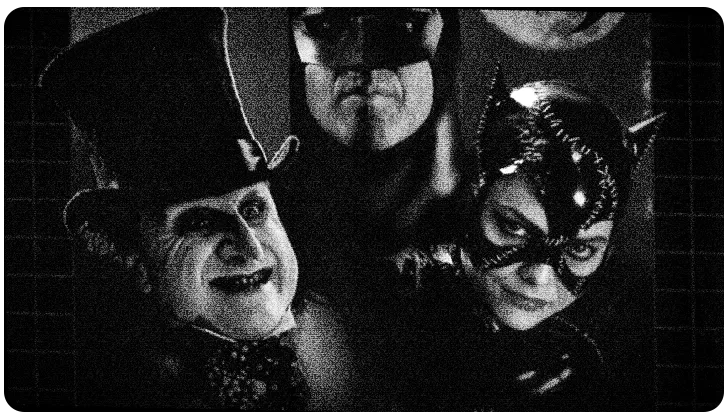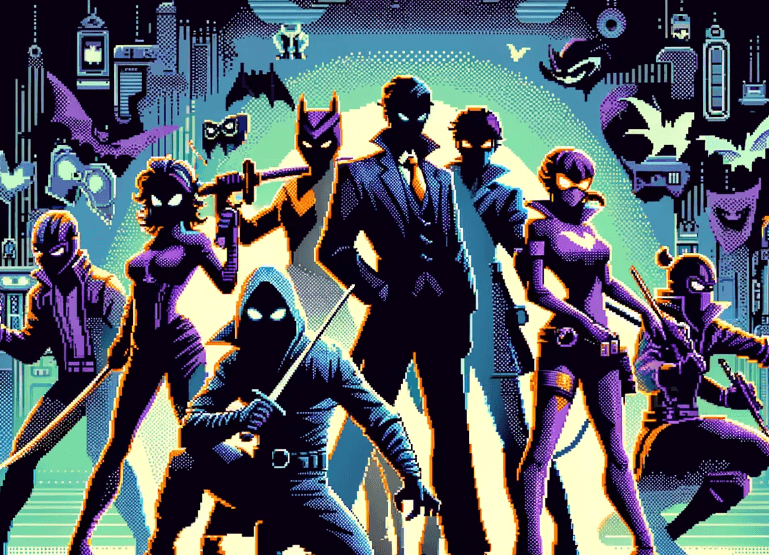 You asked to be called something new for this conversation. Who are you now, and why the change from whatever name the newspapers screamed the week I was playing?
You asked to be called something new for this conversation. Who are you now, and why the change from whatever name the newspapers screamed the week I was playing?
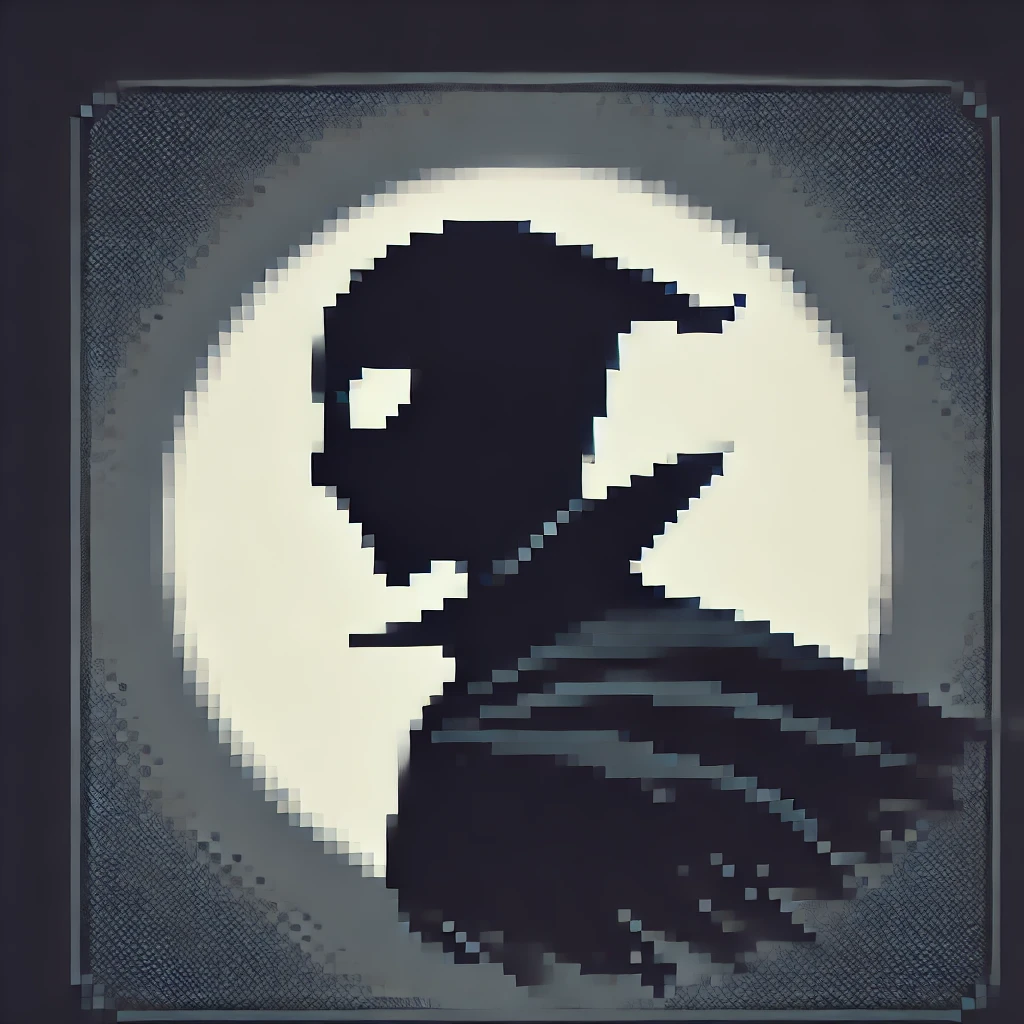 I stand as the Obsidian Regent tonight, interviewer. I polished this name for the parlor game—though you do not deserve the ceremony. While small minds cling to headlines, I build plans. Thus, the change matters because I treat identity like a curtain. I tear it away only when the trap snaps shut and the player believes they have a stage to dance upon. However, I never let them keep it.
I stand as the Obsidian Regent tonight, interviewer. I polished this name for the parlor game—though you do not deserve the ceremony. While small minds cling to headlines, I build plans. Thus, the change matters because I treat identity like a curtain. I tear it away only when the trap snaps shut and the player believes they have a stage to dance upon. However, I never let them keep it.
 Players spent many hours running and jumping through the Genesis levels of Batman Returns. From Gotham rooftops to the sewers. What went through your mind watching them fumble across the scenery you built?
Players spent many hours running and jumping through the Genesis levels of Batman Returns. From Gotham rooftops to the sewers. What went through your mind watching them fumble across the scenery you built?
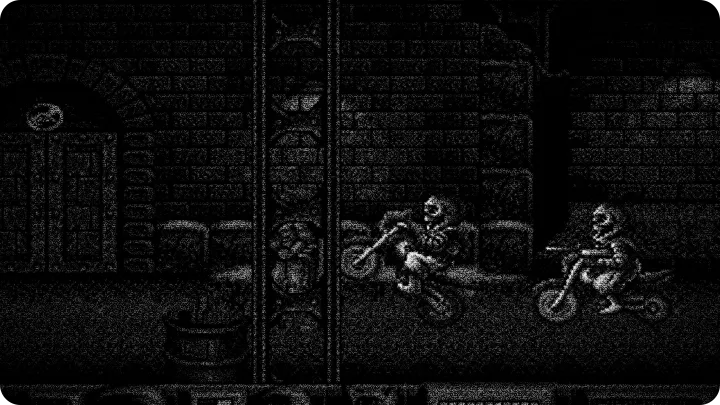
 Delight, mostly. For example, when they misjudged a leap on the rooftop, grasped for a grappling hook that bit them like a barbed promise, or fell into a sewer current they swore they could outplay—I considered those moments the theater of victory. Moreover, they showed so much faith in physics and so little in caution. I planted chasms, swinging points, and just enough cape drift to make overconfidence a lethal sin. Consequently, if they cursed the controls, I smiled. If they learned, I changed the scenery. That, after all, is the pleasure of being the last face they see.
Delight, mostly. For example, when they misjudged a leap on the rooftop, grasped for a grappling hook that bit them like a barbed promise, or fell into a sewer current they swore they could outplay—I considered those moments the theater of victory. Moreover, they showed so much faith in physics and so little in caution. I planted chasms, swinging points, and just enough cape drift to make overconfidence a lethal sin. Consequently, if they cursed the controls, I smiled. If they learned, I changed the scenery. That, after all, is the pleasure of being the last face they see.
 The game gives Batman a utility belt full of toys—batarangs (including self-seeking types), smoke bombs, grappling gun, bat-swarm attack, limited ammo. Did you design encounters with those tools in mind?
The game gives Batman a utility belt full of toys—batarangs (including self-seeking types), smoke bombs, grappling gun, bat-swarm attack, limited ammo. Did you design encounters with those tools in mind?
 Of course. Every batarang thrown was an argument I intended them to lose, and every smoke bomb used was a confession of fear. Furthermore, I engineered enemies to bait the self-seeking batarang into giving away positions, to make the grappling gun a tantalizing necessity over open chasms, and to tempt the player into wasting limited ammo on cannon fodder. Balance, therefore, was not an accident but an art. Although critics called it uneven—true—I call it instructive. The game rewards restraint and punishes flippancy. In essence, they rustled through their belts like children testing tools that were never meant to be toys.
Of course. Every batarang thrown was an argument I intended them to lose, and every smoke bomb used was a confession of fear. Furthermore, I engineered enemies to bait the self-seeking batarang into giving away positions, to make the grappling gun a tantalizing necessity over open chasms, and to tempt the player into wasting limited ammo on cannon fodder. Balance, therefore, was not an accident but an art. Although critics called it uneven—true—I call it instructive. The game rewards restraint and punishes flippancy. In essence, they rustled through their belts like children testing tools that were never meant to be toys.
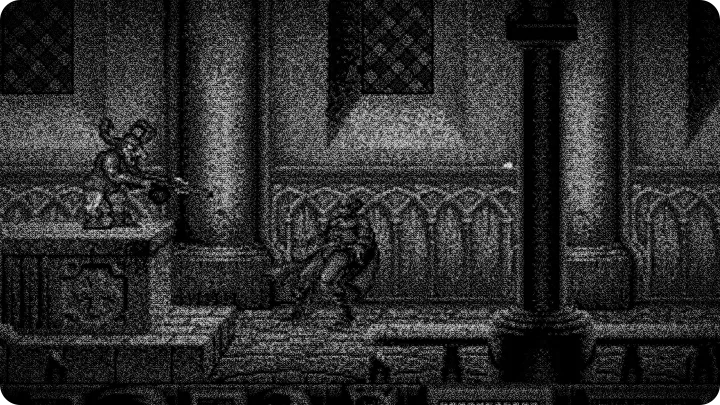
 Reviews and player feedback landed somewhere in the middle—some praise, some grumbles. How do you respond to that “C+” chorus?
Reviews and player feedback landed somewhere in the middle—some praise, some grumbles. How do you respond to that “C+” chorus?
 I read that chorus like tea leaves. Middling praise suits me. It tells me the designers put in just enough polish to frustrate expectations without indulging pity. The balance wobbled—yes—and I made sure it did. Difficulty that bites keeps memories sharper. They remember that sting long after they forget the developer notes. So let them call it imperfect; imperfect means it demands effort, and effort is how one learns to be dangerous enough to face me.
I read that chorus like tea leaves. Middling praise suits me. It tells me the designers put in just enough polish to frustrate expectations without indulging pity. The balance wobbled—yes—and I made sure it did. Difficulty that bites keeps memories sharper. They remember that sting long after they forget the developer notes. So let them call it imperfect; imperfect means it demands effort, and effort is how one learns to be dangerous enough to face me.
 There were several boss battles across the five levels, including encounters with feline agility and mechanical malice. Which confrontation is your favorite to replay in your mind?
There were several boss battles across the five levels, including encounters with feline agility and mechanical malice. Which confrontation is your favorite to replay in your mind?
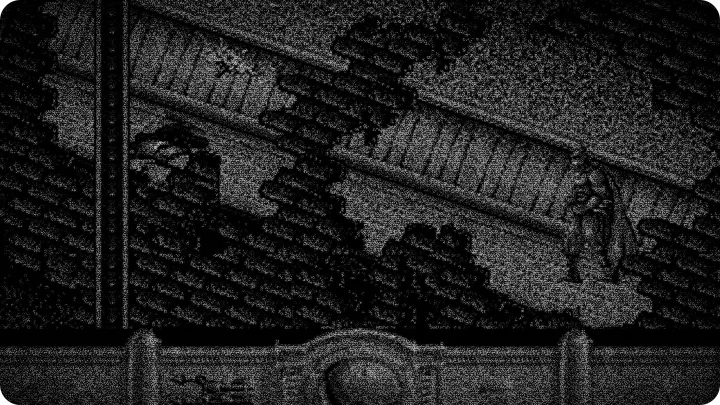
 The final exchange—inevitable, intimate, and choreographed to strip away mistakes. Cat-like opponents taught players to respect timing; the mechanical horrors taught them to respect pattern. But the showdown that matters is the one where the stage itself participates: lights, falling set pieces, a misbehaving conveyor born of a cartridge quirk, perhaps. I prefer when the scenery argues with the player. That tiny “accidental” glitch that becomes a plot device? Delicious. It was never purely accident.
The final exchange—inevitable, intimate, and choreographed to strip away mistakes. Cat-like opponents taught players to respect timing; the mechanical horrors taught them to respect pattern. But the showdown that matters is the one where the stage itself participates: lights, falling set pieces, a misbehaving conveyor born of a cartridge quirk, perhaps. I prefer when the scenery argues with the player. That tiny “accidental” glitch that becomes a plot device? Delicious. It was never purely accident.
 Speaking of glitches and hardware quirks—any behind-the-scenes tidbits you can share about how that Genesis feel affected your schemes?
Speaking of glitches and hardware quirks—any behind-the-scenes tidbits you can share about how that Genesis feel affected your schemes?
 The Genesis had a certain heartbeat—timing, palette limits, and a hunger for memory. You can read that as a limitation or you can compose with it. I asked the architects of my world to tune enemy spawns and sprite tricks to fit that rhythm. Sprite flicker became a shadow; palette swaps became mood swings. Some “glitches” were compromises; some were tools repurposed into traps. The vague hum of hardware shaped the cruelty. Never tell the players the full recipe; mystery tastes far better to the fearful.
The Genesis had a certain heartbeat—timing, palette limits, and a hunger for memory. You can read that as a limitation or you can compose with it. I asked the architects of my world to tune enemy spawns and sprite tricks to fit that rhythm. Sprite flicker became a shadow; palette swaps became mood swings. Some “glitches” were compromises; some were tools repurposed into traps. The vague hum of hardware shaped the cruelty. Never tell the players the full recipe; mystery tastes far better to the fearful.
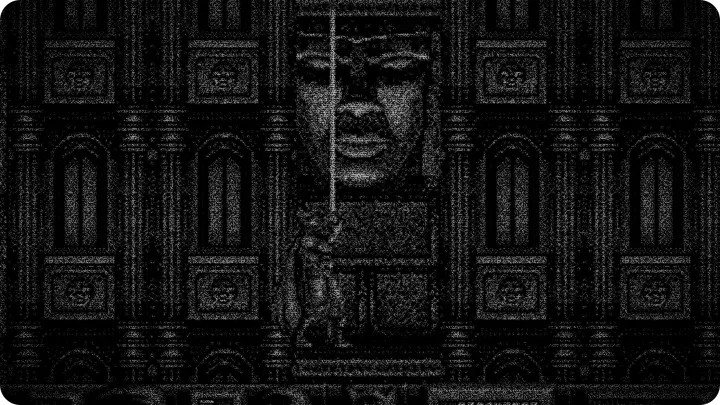
 Players often complained about limited ammo and the need to collect pickups. Was that scarcity by design or malice?
Players often complained about limited ammo and the need to collect pickups. Was that scarcity by design or malice?
 Both. Scarcity is a moral choice in a world of fists and gadgets—do you squander power or hoard it? I engineered scarcity to highlight choice. The player who hoarded and struck with surgical precision felt triumphant; the consumer of fireworks found themselves empty-handed when the real fight arrived. It makes for better stories when triumph is earned, not purchased. Besides, watching them milk every batarang before meeting me—spectacle.
Both. Scarcity is a moral choice in a world of fists and gadgets—do you squander power or hoard it? I engineered scarcity to highlight choice. The player who hoarded and struck with surgical precision felt triumphant; the consumer of fireworks found themselves empty-handed when the real fight arrived. It makes for better stories when triumph is earned, not purchased. Besides, watching them milk every batarang before meeting me—spectacle.
 The levels vary—rooftops, a department store, a circus, and then the sewers. How did each locale serve your narrative of entrapment?
The levels vary—rooftops, a department store, a circus, and then the sewers. How did each locale serve your narrative of entrapment?
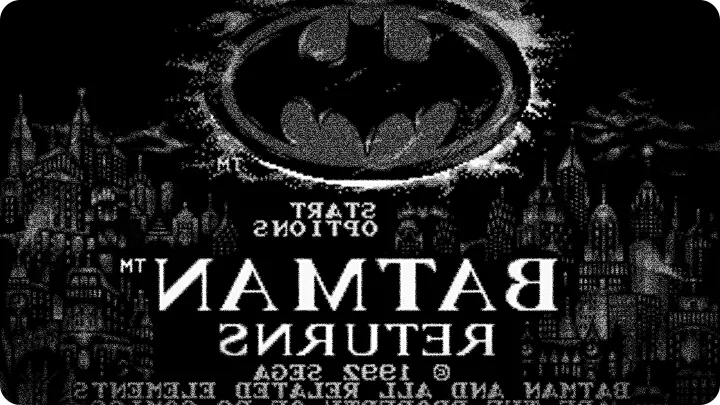
 Each locale was a lesson in tone. Rooftops teach hubris—exposed and windy. The department store is a cathedral of commerce where greed is a hazard. The circus teaches that spectacle masks danger, and the sewers remind the hero of what waits beneath a city’s pride. I constructed each with hazards that mirror the sins of whoever climbs them—pride, impatience, curiosity, carelessness. The player stumbles through the sins I gave them and thinks they learn. They learn something, yes—usually a bruise.
Each locale was a lesson in tone. Rooftops teach hubris—exposed and windy. The department store is a cathedral of commerce where greed is a hazard. The circus teaches that spectacle masks danger, and the sewers remind the hero of what waits beneath a city’s pride. I constructed each with hazards that mirror the sins of whoever climbs them—pride, impatience, curiosity, carelessness. The player stumbles through the sins I gave them and thinks they learn. They learn something, yes—usually a bruise.
 Any final words for the players who still try to beat your final encounter—those who call it cheap or those who call it fair?
Any final words for the players who still try to beat your final encounter—those who call it cheap or those who call it fair?
 To those who call it cheap: admit you rushed. To those who call it fair: savor the taste of earned victory while it lasts. Either way, return. I enjoy watching them try to outthink the stage, to discover the pattern behind “accidents,” to perfect the timing of a grappling hook or a bat swarm. They will say the game is unbalanced and they will be right in places; that imbalance is a test. Come back not to complain but to be improved. I will be here, waiting, smiling through the lights and the flicker—preparing a new curtain for the next act.
To those who call it cheap: admit you rushed. To those who call it fair: savor the taste of earned victory while it lasts. Either way, return. I enjoy watching them try to outthink the stage, to discover the pattern behind “accidents,” to perfect the timing of a grappling hook or a bat swarm. They will say the game is unbalanced and they will be right in places; that imbalance is a test. Come back not to complain but to be improved. I will be here, waiting, smiling through the lights and the flicker—preparing a new curtain for the next act.
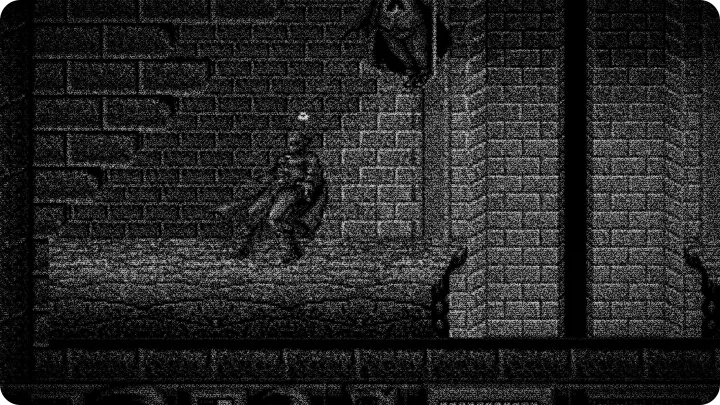
more info and data about Batman Returns provided by mobyGames.com

